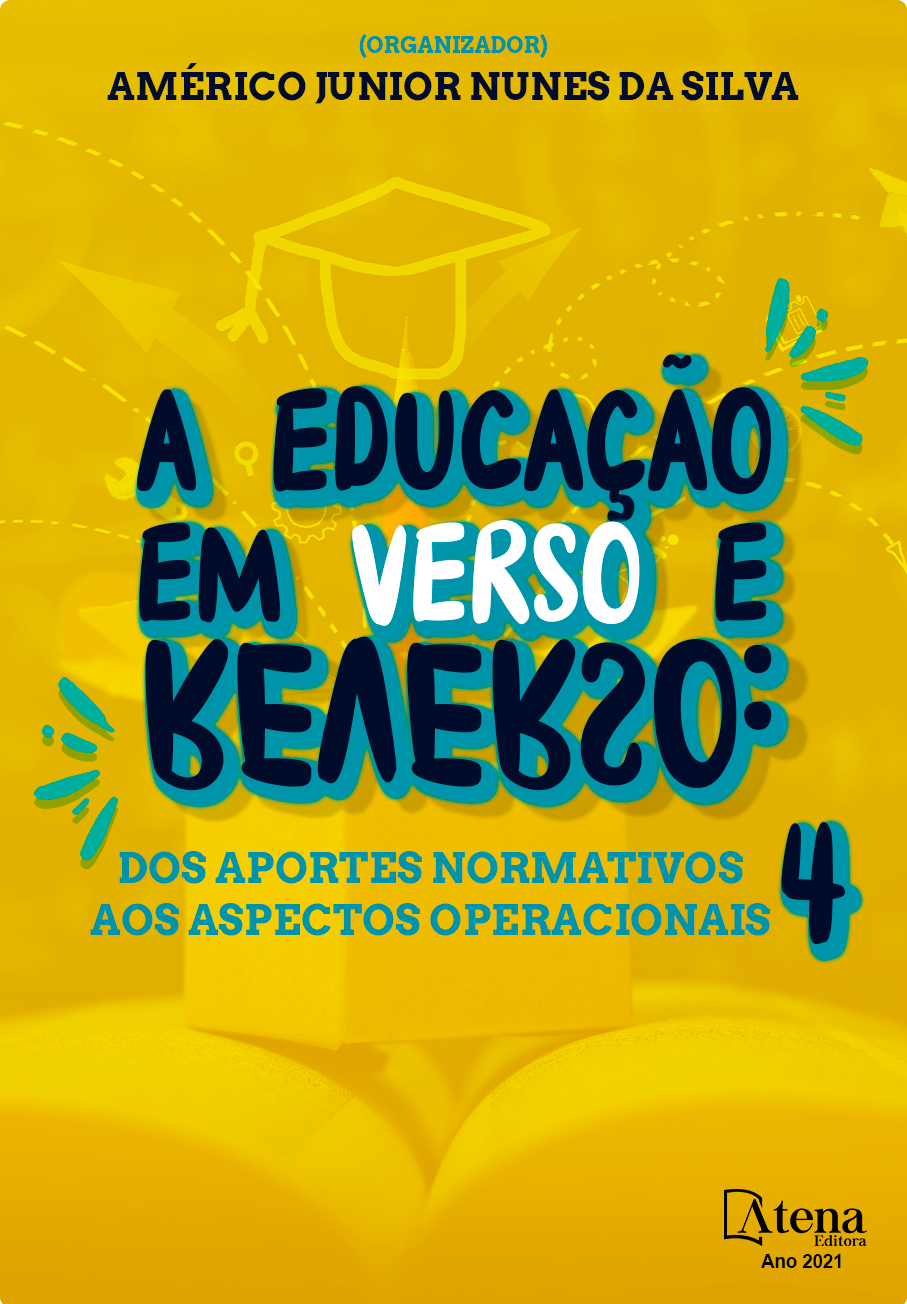
COLLECTIVE AND COLLABORATIVE CREATION IN DISTANCE EDUCATION TO VALUE THE AUTHORSHIP AND CREATIVITY OF TEACHERS AND STUDENTS
O presente estudo procura mostrar a possibilidade de utilizar a criação coletiva para envolver os estudantes da educação a distância. Sabe-se que um dos problemas evidenciados nessa modalidade de ensino é o pouco envolvimento do estudante nas atividades escolares, que pode levá-lo à evasão. A criação coletiva é uma estratégia utilizada nas artes, sobretudo na música e no teatro, que sofreu influências do trabalho de Bertolt Brecht e John Cage. O estado da arte mostra que são poucas as iniciativas de criação coletiva voltadas a educação. Ao analisar uma iniciativa em um curso de graduação que utilizou recursos de um ambiente virtual de aprendizagem para estimular a criação coletiva dos estudantes, o estudo conclui que, é possível utilizar a aprendizagem colaborativa para suscitar a discussão, a interação, o estímulo à criatividade e a valorização da autoria do estudante, que atua como construtor de seu próprio objeto de aprendizagem.
COLLECTIVE AND COLLABORATIVE CREATION IN DISTANCE EDUCATION TO VALUE THE AUTHORSHIP AND CREATIVITY OF TEACHERS AND STUDENTS
-
DOI: https://doi.org/10.22533/at.ed.3612109072
-
Palavras-chave: Colaboração; Criação coletiva, Educação a Distância
-
Keywords: Collaboration; Collective Creation; Distance Learning.
-
Abstract:
The present paper shows the possibility of using collective creation to engage students in distance education. It is known that one of the problems evidenced in the blended mode is the student's lack of involvement in school activities, which can lead to evade. Collective creation is a strategy used in the arts, especially in music and theater, which has been influenced by the work of Bertolt Brecht and John Cage. The state-of-the-art shows that there are few initiatives of collective creation aimed at education. When analyzing an initiative in an undergraduate course that used resources from a virtual learning environment to stimulate the collective creation of students, the study concludes that it is possible to use collaborative learning to stimulate discussion, interaction, stimulation of creativity and valorization of the student's authorship, which acts as the constructor of their own learning object.
-
Número de páginas: 10
- CONSTANTINO DIAS DA CRUZ NETO


